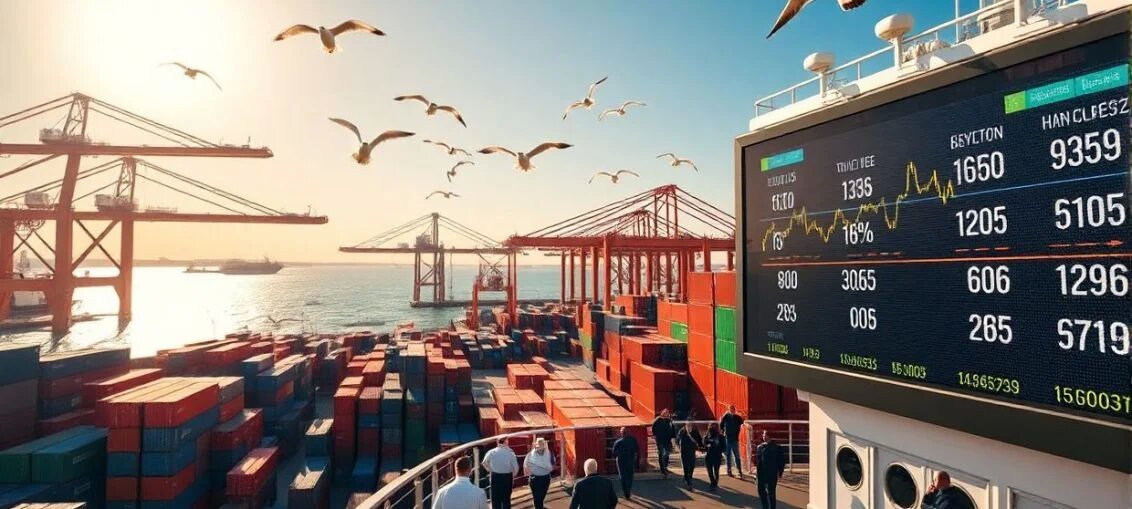It is not unheard-of for ships to touch bottom and carry on with their voyage, and if the ground is soft enough the contact may cause no harm at all. It is a less desirable outcome, however, for a high-spec research vessel in an ultra-remote location, thousands of miles from aid. On Monday morning, Australia’s research icebreaker Nuyina “made contact” with the seabed off Heard Island, a remote outcropping in the Southern Ocean some 2,000 nautical miles from the nearest inhabited shore.
Nuyina is operating near Heard Island as part of a two-month research, conservation and resupply mission to Antarctica. The first stop was at Casey Station, an Australian research outpost, where the ship dropped off an expedition party. Her mission at Heard Island was scheduled to last 10 days, followed by a resupply trip to the Davis Station outpost.
On Monday, the Nuyina was conducting seabed mapping off Heard Island when the hull “made contact with the ocean floor,” the Australian Antarctic Division (AAD) said. Coast survey operations often come with a heightened level of risk, as they are often needed most in poorly-charted areas of variable depth and close proximity to shoaling. This was the activity that the lost Royal New Zealand Navy ship Manawanui was engaged in just prior to its grounding and sinking.
According to the AAD, the crew aboard felt minor vibrations when the ship made contact with the bottom. No injuries were reported, and all personnel are safe. The icebreaker has moved further offshore so that divers could conduct a hull and underwater equipment assessment, and an evaluation is under way.
“As a vessel featuring state-of-the-art design and protections, with Polar Class 3 icebreaking capabilities, initial assessments indicate the damage is superficial and the vessel is safe to continue delivering on its mission of enabling voyage objectives,” said contract operator Serco in a statement. “Additional thorough, internal inspections are ongoing to ensure this, as well as shore-side consultation with experts and AMSA.”
Nuyina has had a bumpy start to her operational life. Mechanical issues delayed her entry into service by several years, continuing after formal delivery. In addition, her owners found that the icebreaker would not be allowed under Hobart’s Tasman Bridge because of inadequate safety margins in the width of the main span. The bridge had been felled by an errant merchant ship once before, and the harbormaster believed that the risk of Nuyina hitting a pier would be too high. This left the ship without access to the bunkering pier in her home port, even though it was just two nautical miles away from her pier. Instead, the ship must transit about 360 nautical miles to the port of Burnie for fueling for each Antarctic voyage, at least until an alternative system is worked out. The Tasmanian government is soliciting proposals for a fuel barge or pipeline system to deliver bunkering services at a reachable location.





